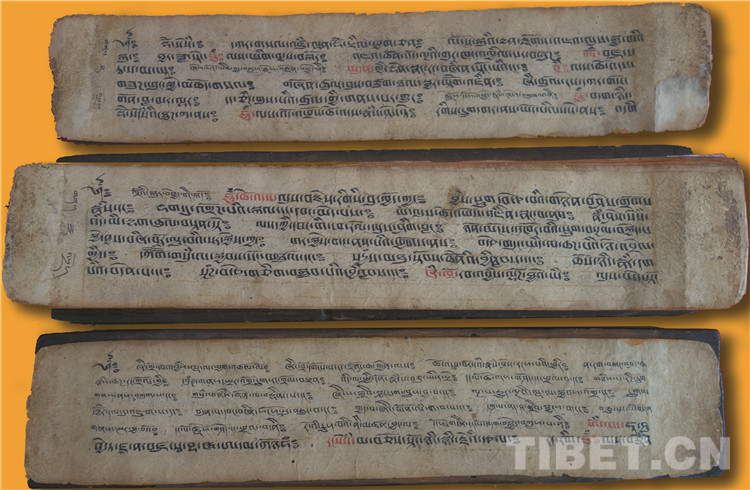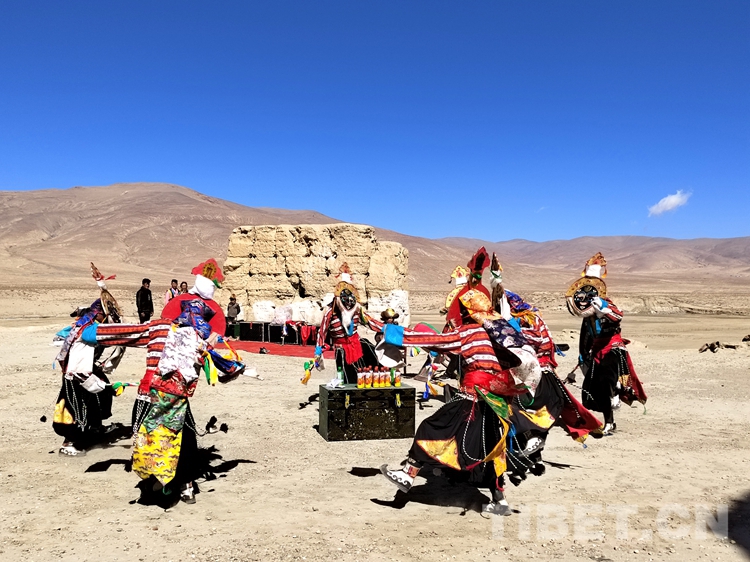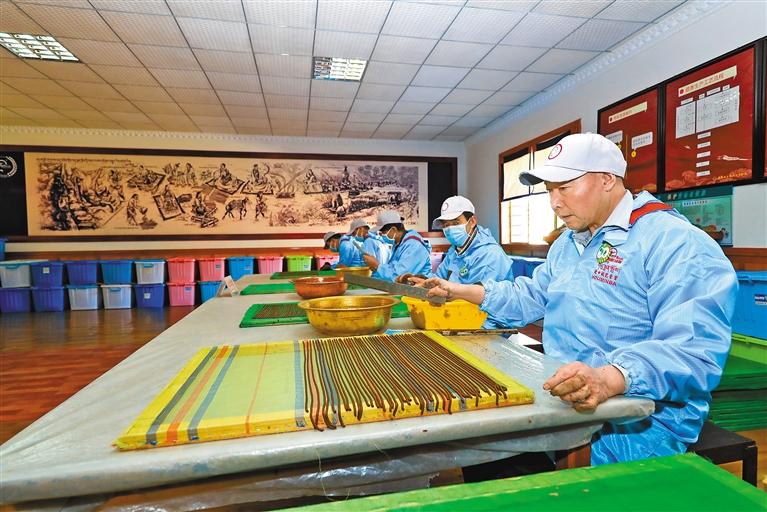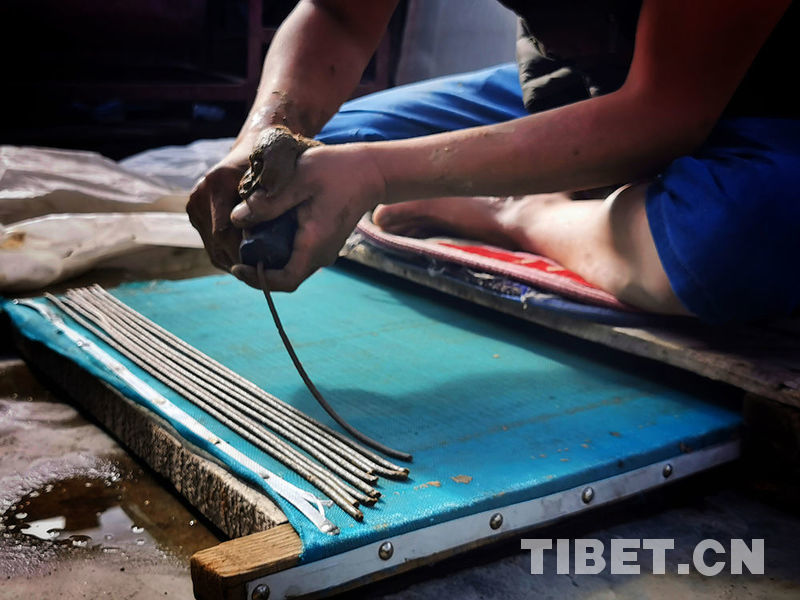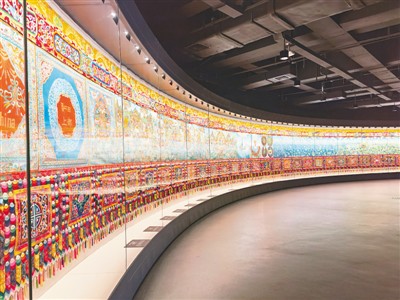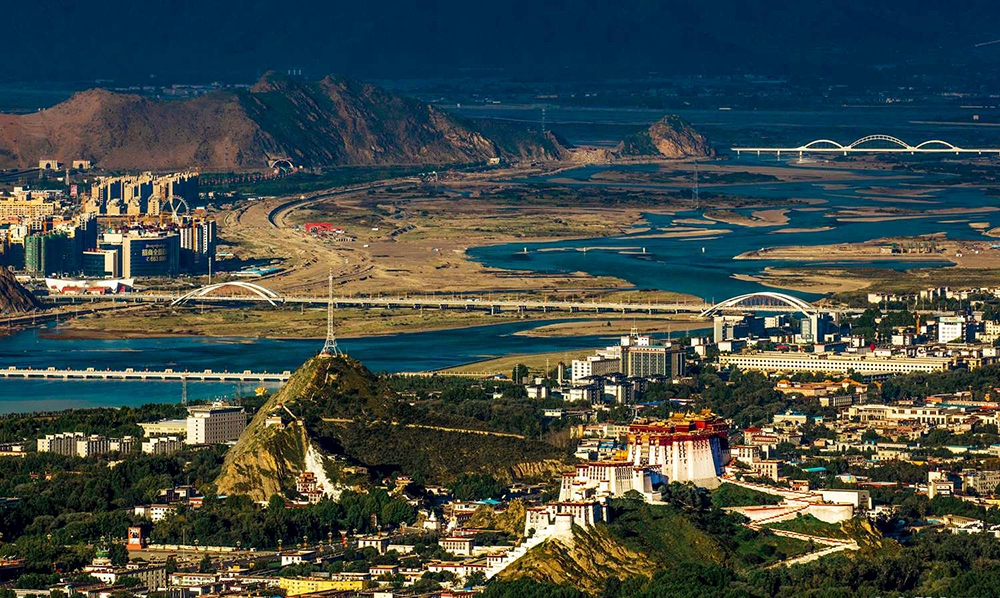Project of Ancient books on Tibetan medicine and astronomical calendar utilization launched
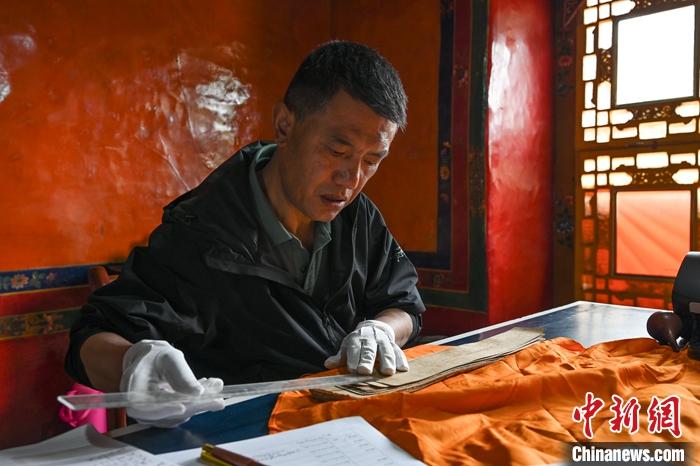
The project of ancient books on Tibetan medicine and astronomical calendar utilization in Norbulingka has been launched, and the image collection of more than 30,000 pieces has been completed, according to news from the Tibetan Medicine Hospital of Tibet Autonomous Region on June 30th.
According to Tseten Phuntsok, the relevant person in charge of the Documentation Research Institute of the Tibetan Medicine Hospital of Tibet Autonomous Region, last year, with the support of the Norbulingka Management Office, a lot of preparatory work was done. The Norbulingka Management Office provided a catalogue of ancient books on Tibetan medicine and astronomical calendar. After being selected by experts, it will be determined whether the books can be borrowed from the Norbulingka Management Office.
The image collecting work of ancient books began in late April. "The images are mainly collected by taking pictures and scanning, and the borrowing process is quite strict." Tseten Puntsuo said that the borrower should be accompanied by the staff of the Norbulingka Management Office, and the package should be opened and inspected leaf by leaf by two full-time auditors. Then, the viewing time, completeness of the books should be recorded, and relevant information such as the size of the books should be registered too. Finally, the image can be collected. All procedures are completed in Norbulingka.
As early as over 10 years ago, the Tibetan Medicine Hospital of Tibet Autonomous Region has carried out the collection, rescue and arrangement of ancient books on Tibetan medicine and astronomical calendar, and more than 100 volumes have been published so far. This time, ancient books are also listed on the public welfare publishing plan.
Tseten Puntsuo said that the compilation and collection of ancient books on Tibetan medicine and astronomical calendar play a positive role in the inheritance and development of Tibetan medicine, and its research and utilization are of great significance to clinical needs and scientific research and teaching.
It is also reported that the Norbulingka has a total of 1,757 ancient books in collection. According to the census and identification, there are 57 Chinese national first-class cultural relics, 302 second-class cultural relics, and 805 third-class cultural relics.
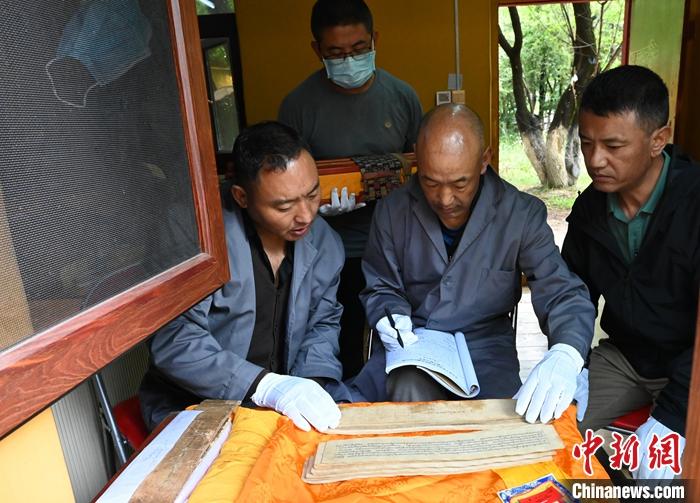
Tibet Stories
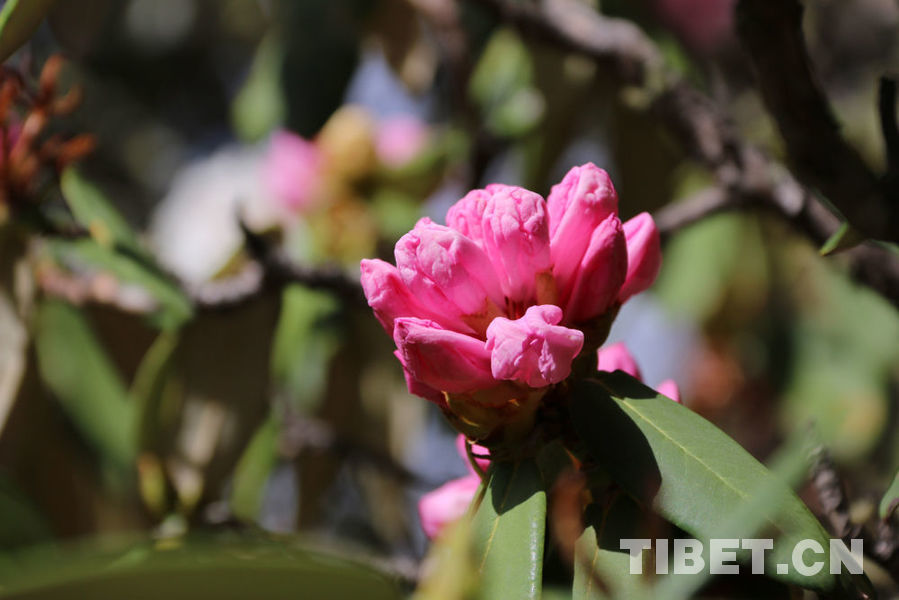
"Ant Team" in Lhasa Gonggar Airport
However, a group of people in white protective suits never stop shuttling between the tarmac...
